Messerschmitt Bf109 “Black 12” crash lands at Manston, 27th November 1940
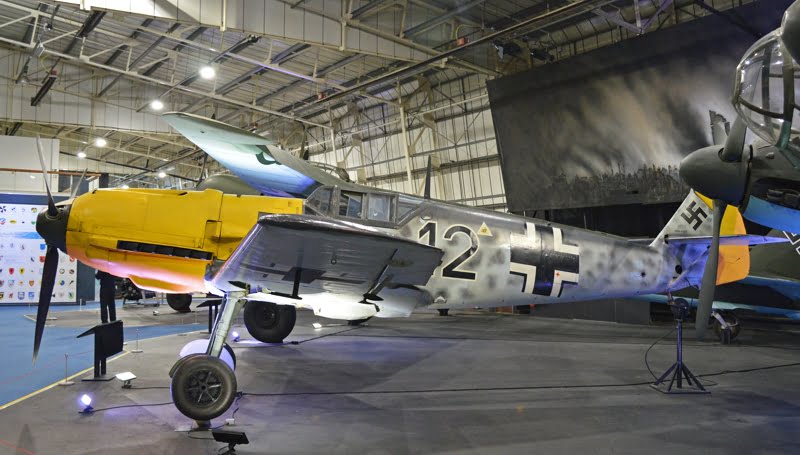
Messerschmitt Bf109E ‘4101 / Black 12’ of 21 year old Leutnant Wolfgang Teumer from 2/JG51 based at Wissant near Calais, was attacked by the Spitfire of 66 Squadron’s Flt Lt George P Christie DFC (a Canadian based at Biggin Hill, who died in Canada in 1942) over the Thames Estuary, damaging his radiator and radio. Lt Teumer belly-landed at Manston but was unhurt. The aircraft was recovered, repaired and used for evaluation purposes by the Royal Aircraft Establishment and Rolls Royce and is now held by the RAF Museum Hendon.
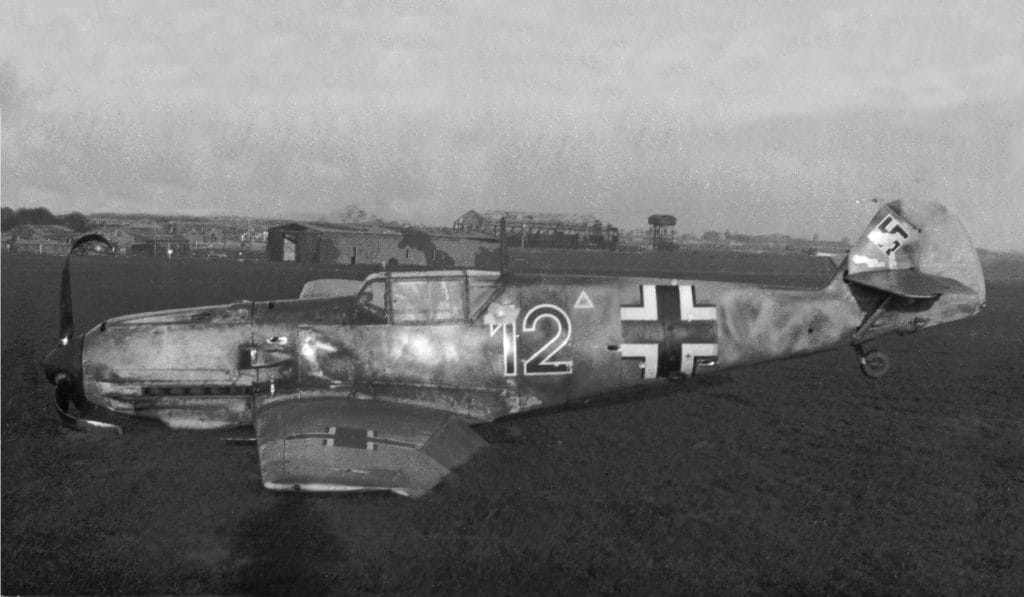
Combat reports recorded the time of the attack as 1550 hours at an altitude of 600 feet. The weather was cloudy and misty with clear sunshine above 8,000 feet, as recalled by Wing Commander T.F Neil who was in the same general combat, flying with No.249 Squadron. The combat report text reads:
11 Spitfires left Biggin Hill to patrol base at 15,000 feet at 1515 hours with 74 Squadron, 66 leading. Flt Lt Christie DFC (Green section) left squadron on sighting aircraft diving down over Chatham; he caught it up and found it to be an Me109 which flew away. He chased it, caught up, passing to the east of Margate. At about 600 feet he made 4 or 5 attacks. First – astern, 2 – deflection from port side, 3 – starboard side, and then another astern.
Aircraft then turned towards shore so he ceased fire and flew covering his enemy in a very open vic position flying to Manston where EA landed with wheels up. The ground defences fired at EA when he was obviously landing, and when Flt Lt Christie was circling drome fired at him when he had his wheels down preparatory to landing, and put a bullet through his wing. He landed at base at 1715 after landing at Manston alongside the Bf109.
Cloud 1/10 at 1,500 feet.
In 1977 Teumer himself recalled:
I flew the aircraft right down and tried to get away from the enemy aircraft, then over the county of Kent I was hit …….. I got involved in aerial combat over London. A British machine got right behind me and I was hit in the radiator.
I had taken many hits in the fuselage, and I heard a badly sounding rattle in the belly pan. My oil pressure fell and temperature shot up. This was a bad situation and I knew I wouldn’t get across the little bit of sea without getting wet feet. Now, I was flying a piano. Down I must go, and quickly. I threw away the cabin roof and almost at once I was skidding over the grass of an aerodrome at Marston (sic). There was lots of noise and bumping and I hit my head and knee and the cockpit filled with dust and smoke and steam. It was a good much more roughly than the two times before that I had to do belly-landings. I came to rest and got out, but two RAF corporals had bicycled up and stood staring at me. I allowed them to make me their prisoner, but they seemed more frightened than me and looked ridiculous under their flying-saucer tin hats. This was the end of my war, but I am so surprised that my ’12’ lives.
His radio also failed. He was unhurt in the forced landing and made a POW, being released in 1946.
In Wingspan International Jan/Feb 2001 p.53 it records that he belly landed right in front of Manston’s flight office and having been surrounded by local workman was taken prisoner by a ASR Lysander pilot who claimed his helmet and Mae West as souvenirs. It appears that this pilot may have been Sqdn Ldr Gerald Scott who was credited with “capturing” Teumer’s 109, who suggested that a swift rugby tackle was needed before Teumer set the aircraft alight with his flare pistol
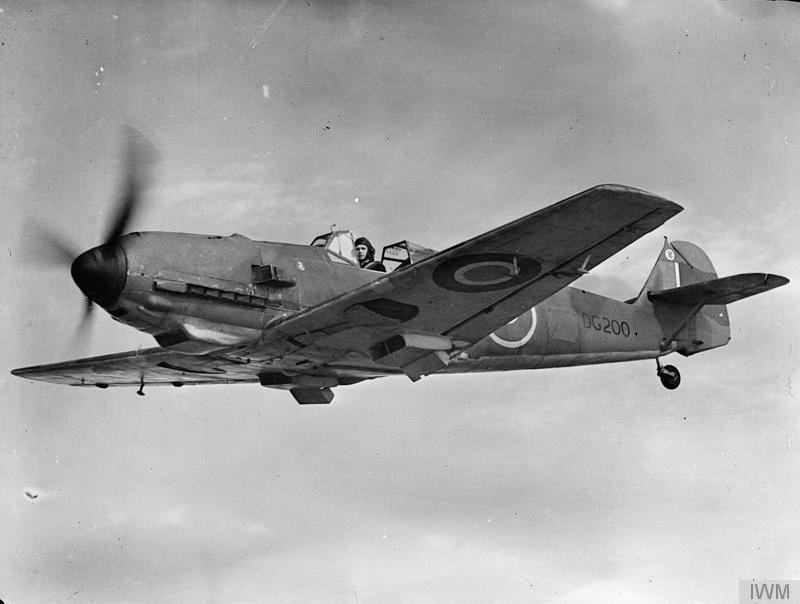
In late 1940, the aircraft was taken to No.49 MU’s dump of crashed aircraft at Faygate, between Horsham and Crawley in West Sussex, but reprieved presumably due to its good condition and the need to further evaluate the type. A contract was given to Rolls-Royce, Hucknall to repair and fly the machine for evaluation on behalf of the Director General, Research and Development.
Parts from other Bf109s were used in the rebuild, including replacement wings and tail, though much patched `battle damage’ was visible in the rear fuselage and tail in 1969.
On 14th December 1940, it was delivered to Hucknall for repair and evaluation. Examination during refurbishment at St Athan in 1970 indicated that at least part of the fin and tail unit came from Bf109 w/nr 6313 (`White G’,) of 4/LG2 force landed by Paul Wacker near Corfe Castle 30 Nov 40 when his engine blew up – Aviation News Vol.17 No.14 p.624). The top cowling is marked 1653, the rear top cowling over the machine guns is from w/nr 4010, and the Nachbau BFW built starboard wing from 1418. No w/nr was found on the Fiesler built port wing.
At Hucknall the propeller was also replaced, a British oxygen system fitted and the rebuilt fighter sprayed in RAF camouflage markings and yellow undersides, receiving the RAF serial DG200, plus a small port fin marking of an insulting ‘V’ sign superimposed over a Swastika. Also delivered to Hucknall on this dated were two DB601 engines, the original 64760/253038 and 65134.

A letter by David Birch (Aviation News 27 Nov – 10 Dec 87 p.653) gives interesting details of the aircraft’s time at Hucknall. The parts required for restoration were acquired from Farnborough. Mr Birch had interviewed one man tasked with finding replacement parts who went to Farnborough and got locked up in the guardroom because nobody told them that a man from Rolls-Royce was coming. When released he obtained two wings, each from a different aircraft, and a tail. Three serviceable propeller blades were secured form various enemy aircraft dumps. Mr Birch collected recollections of other people who worked on the aircraft – its unusual smell and the cannon shell hole up through the base of the pilot’s seat (not recorded in official damage report).
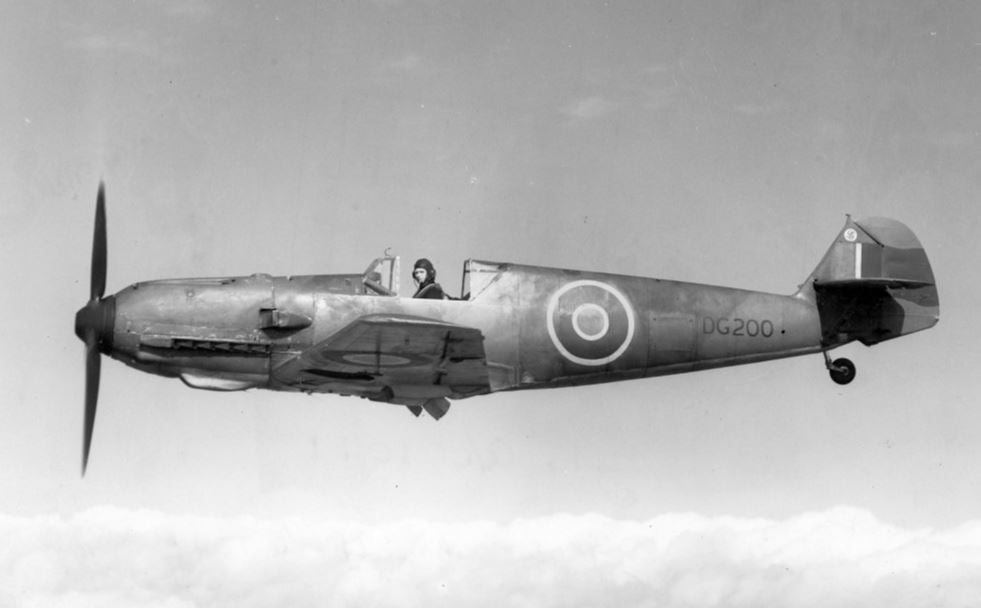
On 21st January 1941, it was formally allotted to DGRD (Director General of Research and Development) at Hucknall.
25th February 1941: First flight since rebuild at Hucknall. During engine performance investigations with Rolls-Royce the aircraft made 32 flights totalling 23 hours 25 minutes.

On its third from last flight from Hucknall the aircraft was flown by Rolls-Royce pilot Harvey Hayworth, who was over 6 feet tall. For his benefit the hinged cockpit hood was removed, then mislaid and never replaced.
8th February 1942: To de Havilland at Hatfield for test on the variable pitch propeller installation.
February/March 1942: To A&AEE (Aircraft and Armament Experimental Establishment) Boscombe Down, still minus its canopy.
24th Mach 1942: Collected from Boscombe Down by Flt Lt Douglas G M Gough of No.1426 Enemy Aircraft Flight for delivery to his unit at Duxford, but had to return due to hydraulic trouble after 10 minutes.
28th April 1942: Taken by road to Duxford for use by No.1426 Flight, who flew it extensively despite the missing canopy. Used to demonstrate ex-Luftwaffe aircraft to Allied personnel as a familiarisation exercise.
1st June 1942: 10-minute air test.
19th June 1942: 25 minute flight to RAF Stradishall.
20th June 1942: 30-minute flight to Newmarket for demonstration.
28th June 1942: To Fairlop and on to RAF Hornchurch.
30th June 1942: Two demonstration flights, followed by flight to Detling.
3rd July 1942: Flown Detling-RAF Duxford (30 minutes).

25th July 1942: Flown Duxford – RAF Biggin Hill (55 minutes).
July 1942: Photographed at RAF North Weald, still minus its canopy.
29th July 1942: No.1426 Flight made its fifth `tour’ of other flying stations, using the 109, Ju88 and He111, visiting Atcham, Salop USAAF base, Heston, Northolt and Boscombe Down (by 3 Aug) to be flown by A&AEE pilots for familiarisation, included a 40 minute demonstration flight on 30 July.
3rd August 1942: Logbook of Group Captain H W Dean AFC records a 30-minute handling familiarisation flight at Boscombe own.
16th August 1942: Photo flying, minus cockpit hood.
Circa 1942: Engine exchanged with one from Bf110C-5 RAF serial AX772. Inspection of the engine (No.20374) at St Athan in 1970 indicated that a spark plug adapter had blown out of one of the cylinders.
12th April 1943: No.1426 Flight moved from Duxford to RAF Collyweston, satellite field of RAF Wittering.
Circa September 1943: With newer Bf109s available to No.1426 Flight, the aircraft was retired to No.16 MU Stafford for long term storage as a Museum item, together with Fiat CR42 `BT474′ also now displayed at Hendon.
Circa August 1944: To No.52 MU Cardiff with other Air Historical Branch airframes.
Circa 1947: To the German Air Force Equipment centre at RAF Stanmore Park, Middlesex, and stored crated.
September 1954: Displayed on Horse Guards Parade, London with other AHB aircraft.

September 1955: Displayed on Horse Guards Parade, Whitehall, for Battle of Britain week. By that time the missing canopy appears to have been masked over. Carried incorrect code 12 + GH derived from earlier markings found during repainting (i.e. part of radio call sign added to `+ 12′ markings).
Once restored to its wartime paint scheme, it moved to the Royal Air Force Museum, Hendon in 1976, where it is presently on display in the Battle of Britain Hall. DG200 is seen here being flown without its cockpit canopy, which was removed (and never replaced) while the aircraft was at Hucknall to enable Wing Commander J H Heyworth, a Rolls Royce test pilot who was very tall, to fit into the cockpit.

Mike Freer – Touchdown-aviation (GFDL 1.2 http://www.gnu.org/licenses/old-licenses/fdl-1.2.html or GFDL 1.2 http://www.gnu.org/licenses/old-licenses/fdl-1.2.html), via Wikimedia Commons. Date clarification by David Kavanagh.

References:
Majority of the timeline details above taken from: RAF Museum – www.rafmuseum.org.uk
http://www.rafmuseum.org.uk/documents/collections/78-AF-624-Bf109E-4101.pdf
First published: 17th November 2016.
Last Updated: .


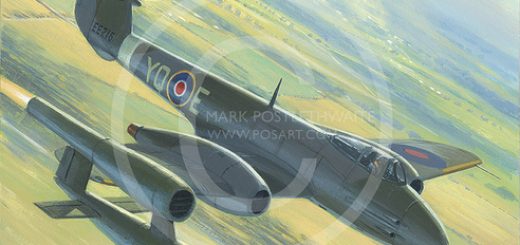
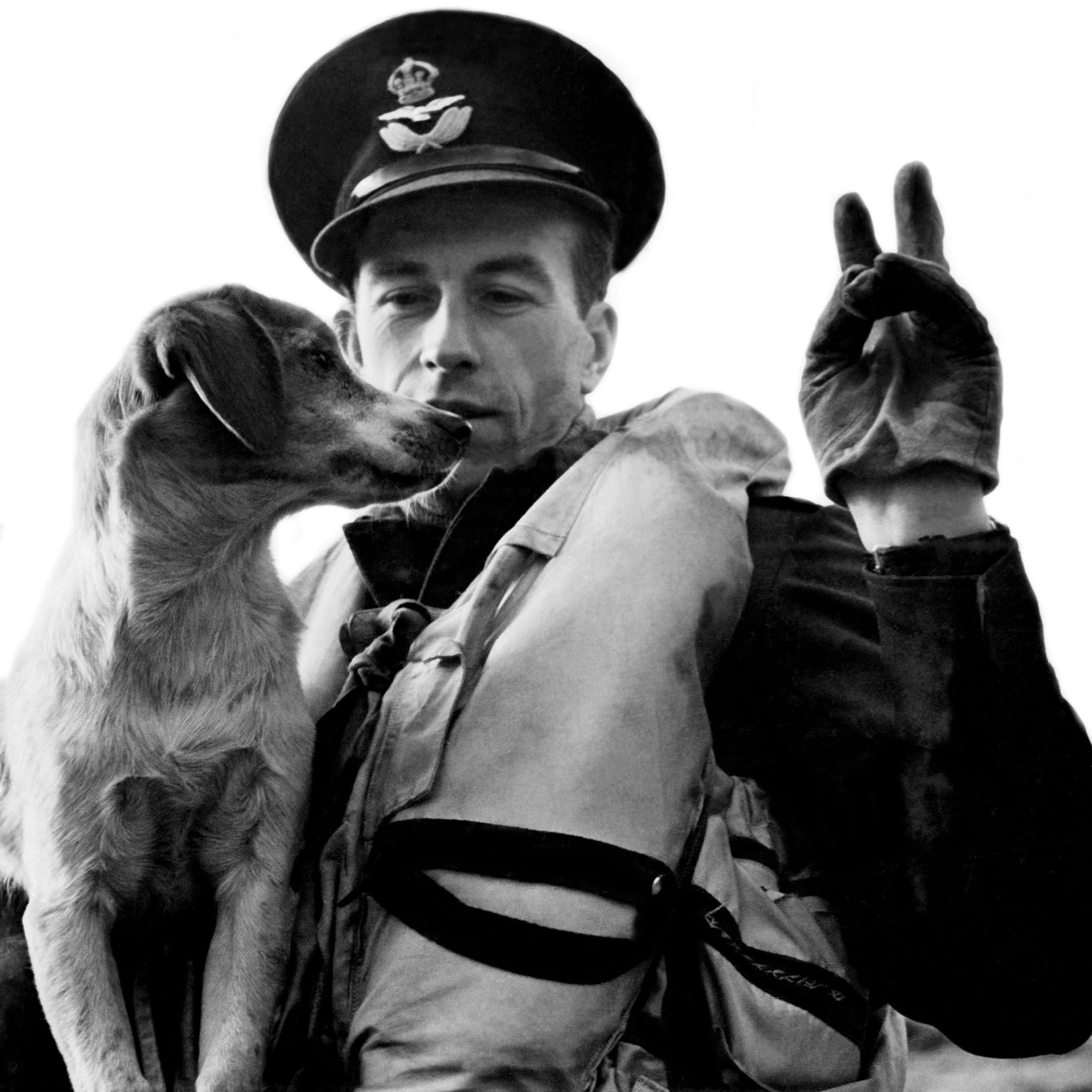
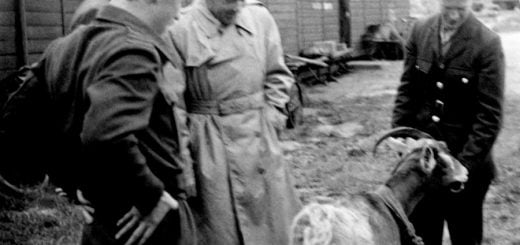




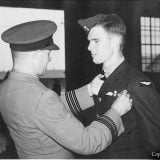


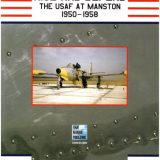
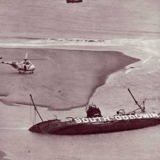
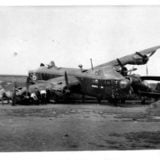
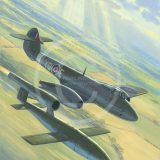
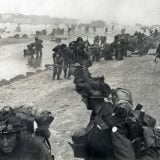
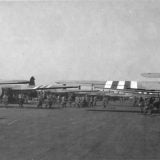
Hi. I was good friends with Gerald King Scott and among some items, purchased Wolfgang Teumers Mae West which was blood stained slightly. He remained good friends after the war when GK managed to locate Teumer. His son I believe still has the helmet and Twinwood museum also have some other items. He was a lovely man and we went to Duxford and was reunited Scott, the Mae West with the 109. Mr Scott was a certain the propellor boss was not the colour it is now. He said it was red. Many thanks